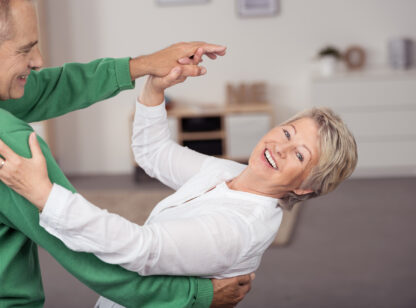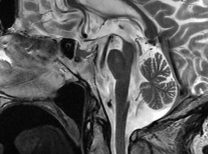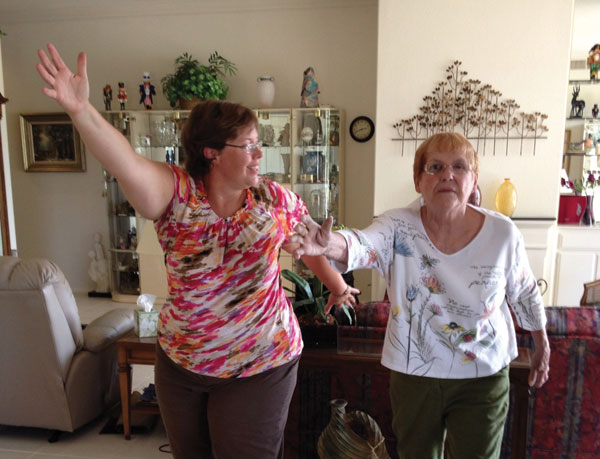The benefits of massage therapy have long been recognized by people with Parkinson’s disease and Parkinsonisms (any condition that causes a combination of the movement abnormalities seen in Parkinson’s disease). Because the diseases typically cause muscle stiffness and rigidity, bodywork’s ability to alleviate joint and muscle stiffness makes it a logical choice for management and symptom reduction.
A new concept when designing a treatment protocol for the somatic symptoms of Parkinson’s disease is the rationale that relentlessly increasing stiffness and tremors lead to muscle exhaustion; the available oxygen is insufficient for the amount of work the trembling and permanently contracting muscles need in order to stay in good repair.
The stresses put on the Parkinson’s patient’s body are similar to stresses endured as the result of sporting activities. The big difference, however, is that exhausting sporting events are typically followed by long periods of rest and relaxation, whereas the poor musculature of the Parkinson’s patient never has any rest period; hence, it suffers structural changes which make it palpably different.
Specific massage with its manifold effects on the body is the perfect medium to keep muscles soft and pliable (i.e., in five minutes, the long strokes of Swedish massage carry 10 times the amount of blood to the massaged muscle as arrives naturally during a 15-minute rest). The effect is most noticeable where there is a lot of cleansing and nourishing going on, as is in the case of the Parkinson’s patient who is in the clutches of a nervous system gone haywire.
The effect on the release of neurotransmitters by massage is likewise enormous and may be responsible for the production of endorphins with their calming influence. This can help with feelings of anxiety, depression and hopelessness.
As commonly reported by experienced therapists, massage also seems to enhance the utilization of various L-dopa combinations that are being used with good success. If this is borne out through careful research, then massage could really become an important factor in the treatment protocol, as it could conceivably prolong the overall effectiveness of medications for years beyond their present usefulness. Just imagine adding years of useful life to people who now feel doomed by their diagnosis and their failing bodies.
A 2002 study conducted by the Touch Research Institute at the University of Miami, along with staff from the university’s neurology department and Duke University’s pharmacology department, reported that Parkinson’s disease symptoms are reduced by massage therapy. In this study, the group of adults with Parkinson’s disease who received two massages a week for five weeks experienced improved daily functioning, increased quality of sleep and decreased stress-hormone levels. The study’s authors reported, “These findings suggest that massage therapy enhances functioning in progressive or degenerative central nervous system disorders or conditions.”
Physical manipulation of the musculoskeletal system is an ideal Parkinsonism management component. All modalities report improvement in function, from the reduction of rigidity and improvement of sleep, to the reduction of tremor and increase of daily activity stamina.
Louise Evans is a certified massage therapist and owner of Mot’us Floatation and Wellness Center in Palm Desert. For more information, visit www.motuswellbeing.com or call (760) 610.5761.










































Comments (0)